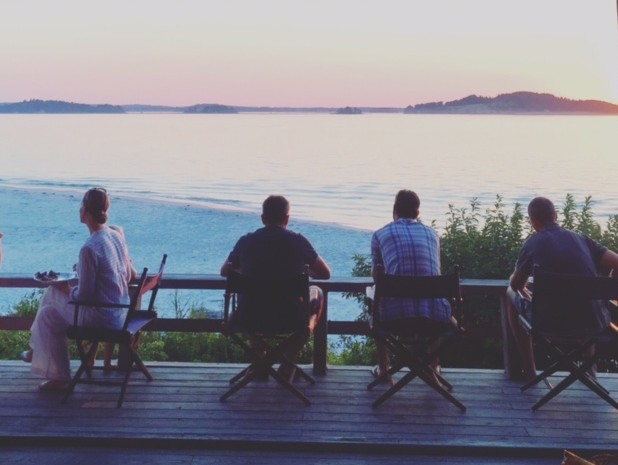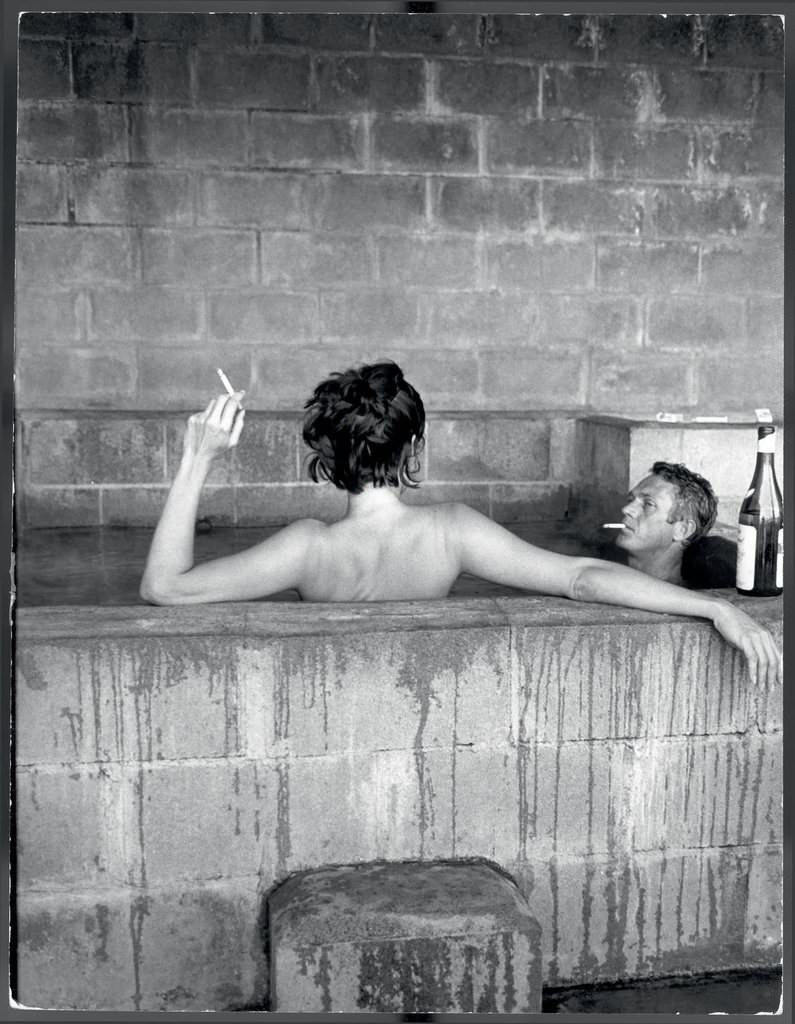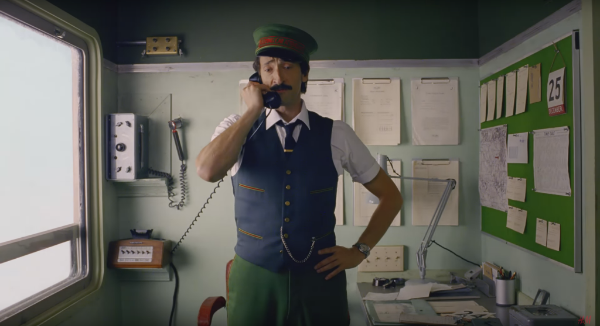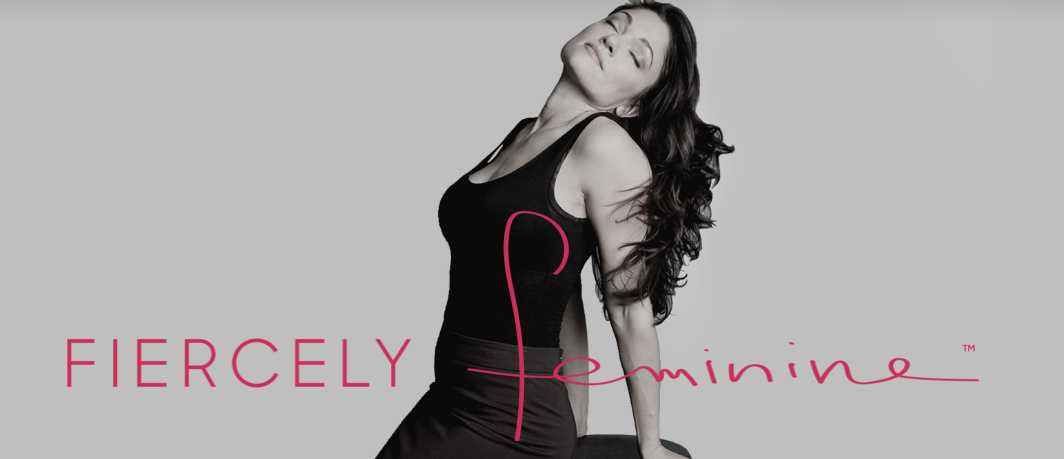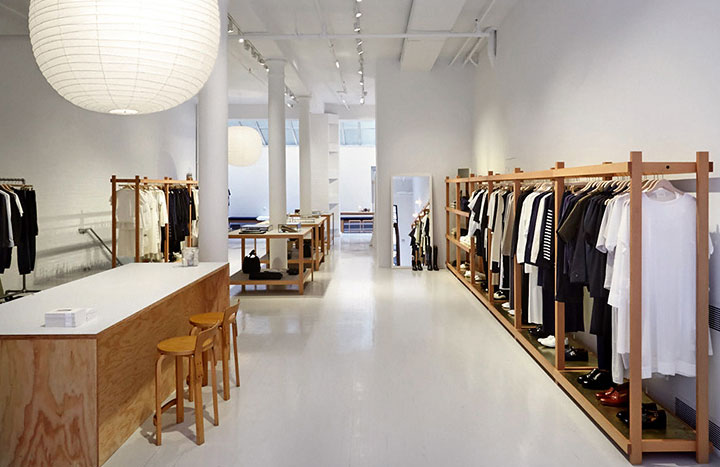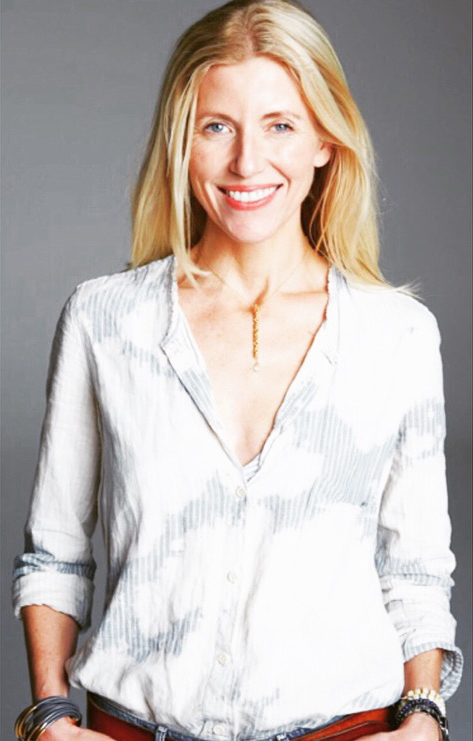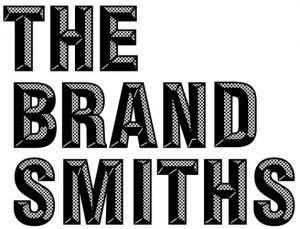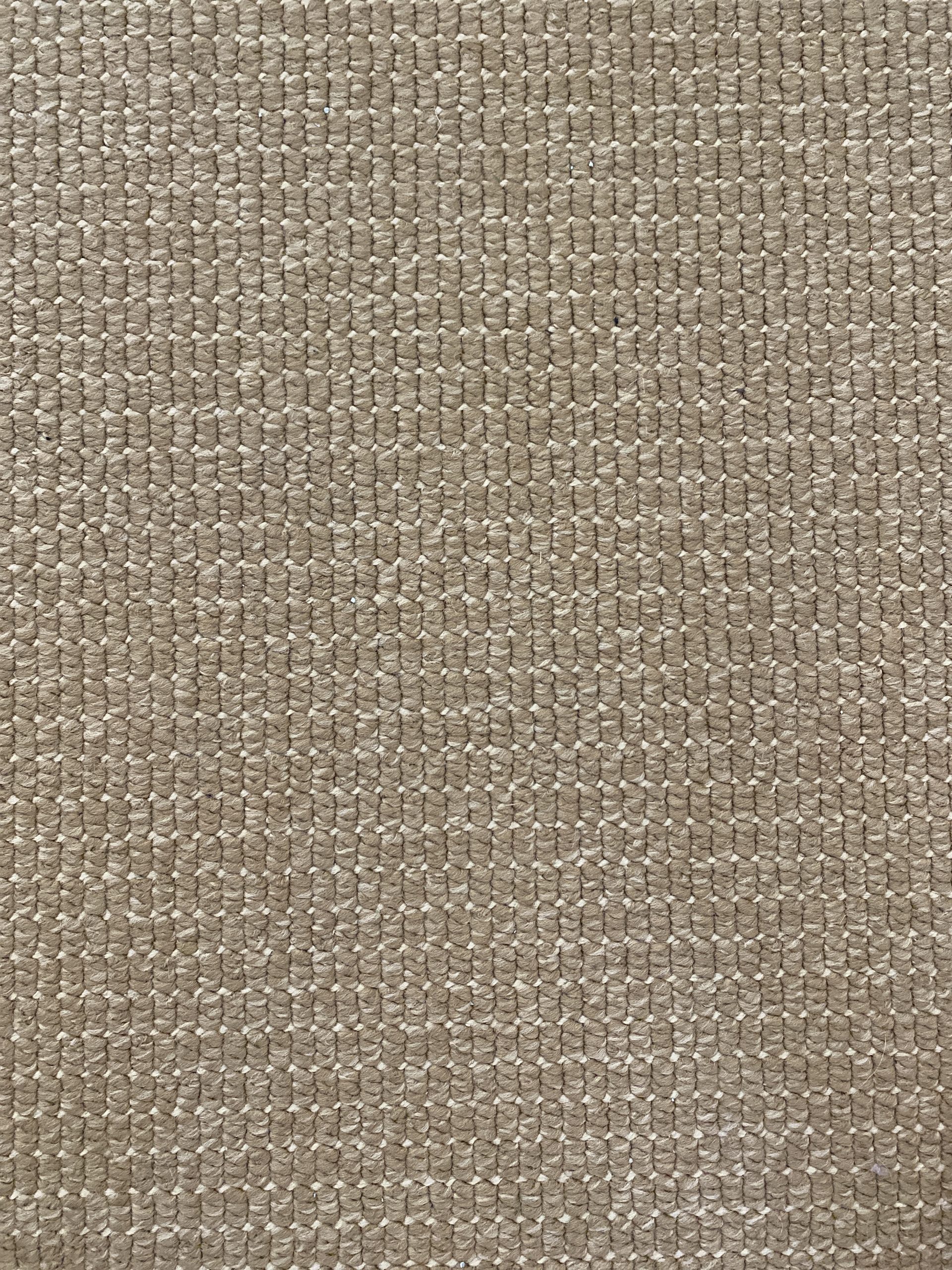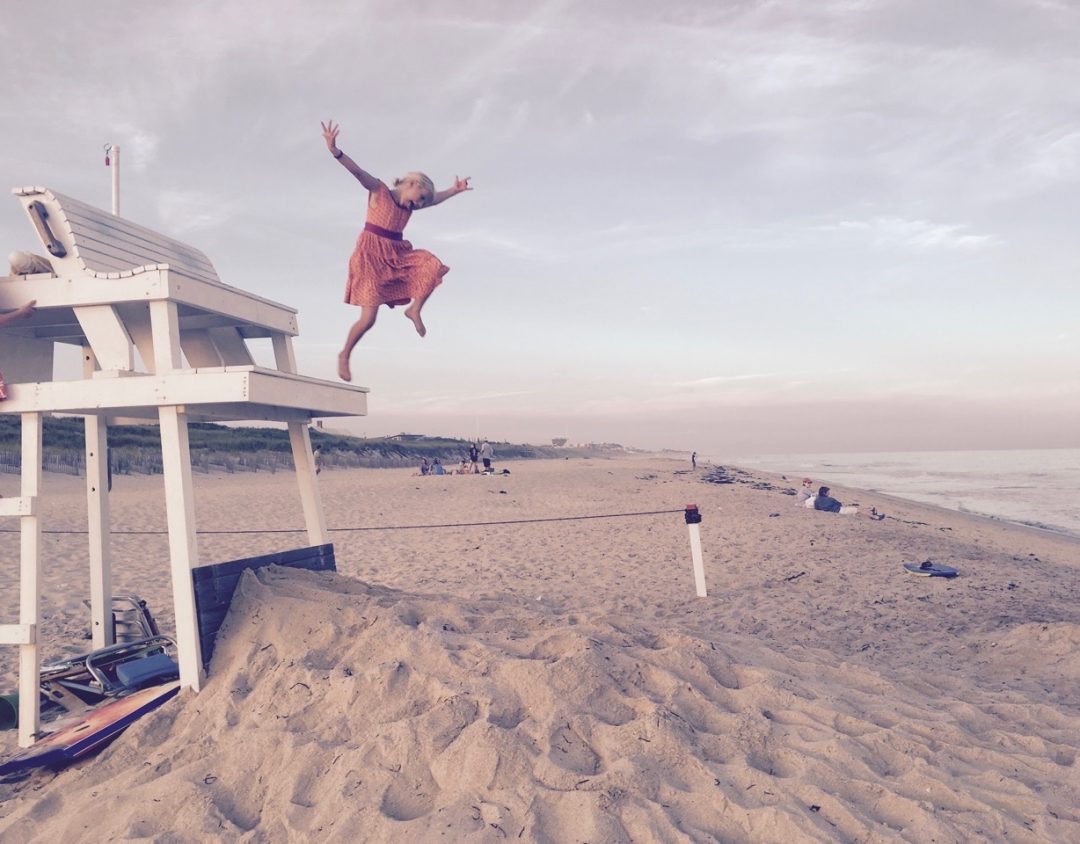
Every year, come December 31st, we are marketed an opportunity make grand proclamations…to do whatever…better, more often, with more gusto. We promise to stop, to quit, and abstain. We make lists and set goals, mock up visions of better, more beautiful or closer to perfect. We launch an internal battle cry that says…this year, yes I will! This year, no I won’t! And then wonder why, by March, they felt ambitious.
At worst, we chastise ourselves for already failing.
At best, we forget we made these personal mission statements at all.
Maybe we’ve always made resolutions as a way to design our lives in a way that feels intentional and sure-footed, en route to creating better versions of ourselves for the year ahead. Naturally, progress is a reasonable desire. No one wants to stay the same year after year. Our goals and ambitions give our lives meaning and purpose — they light a fire under our feet and offer a reward for our actions — from a stronger body to a more successful business.
But do rigid resolutions create unintentional trip wires? Could we instead premeditate a more forgiving attitude in anticipation of the inevitable people or hurdles that might interrupt those earnest targets? Even the best business models/vision boards/flight plans encounter surprises. So why not, along with the big dreaming or prolific ideas, build in agility? Flexibility? Go with the flow-ness? Human-sized steps?
For me, this feels more sustainable. It doesn’t deny the big pie in the sky of the ultimate — but it puts a focus on frequent finish lines, rather than a single, momentous one — as a means to attaining it.
Small is the new big. Steps are the new leaps. And minutes are the new milestones (I’m starting to feel relieved already).
#littlebylitte #onebyone #yesyoucan
P.S. Happy New Year to all of you who read and support this blog and message this year. We really grew because of you! I appreciate every single comment, forward and share.
